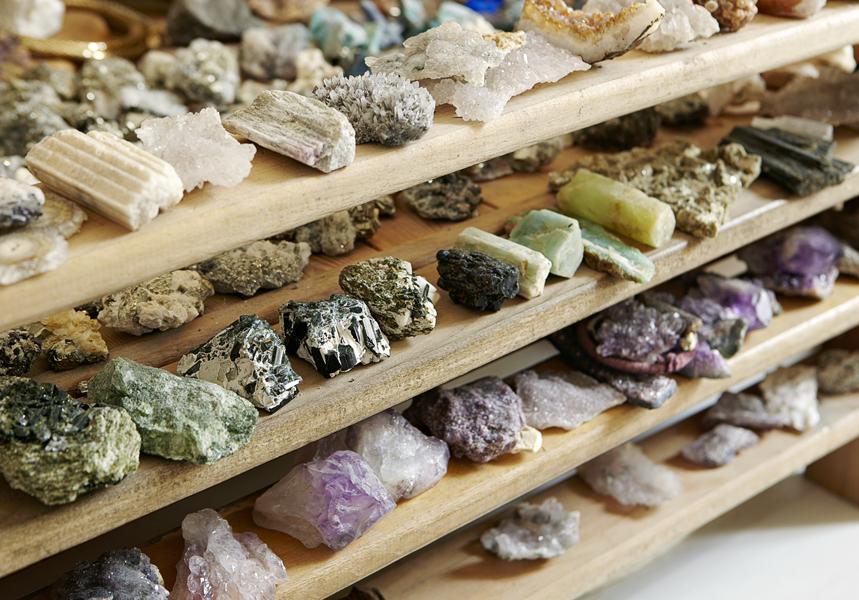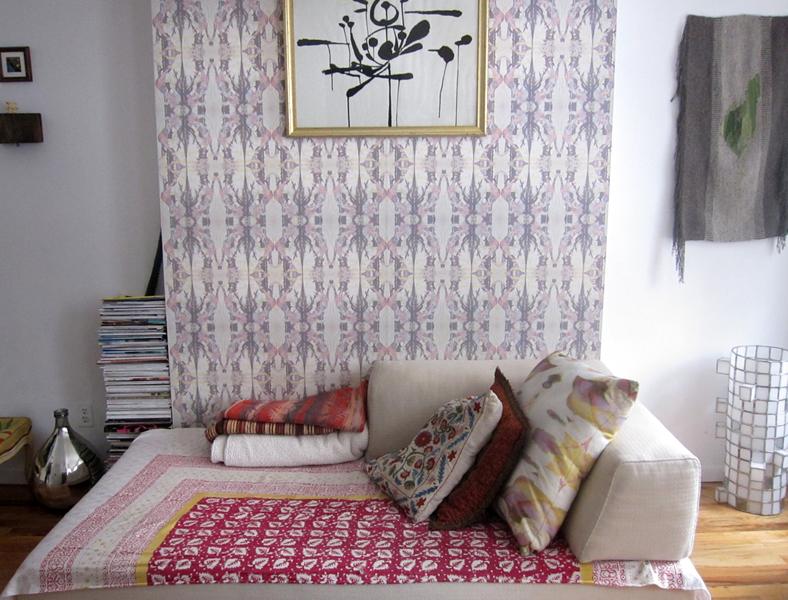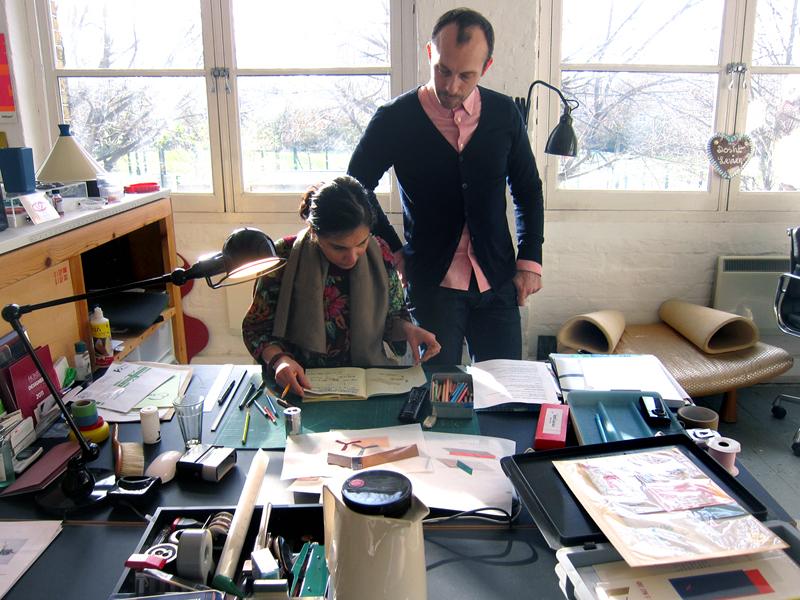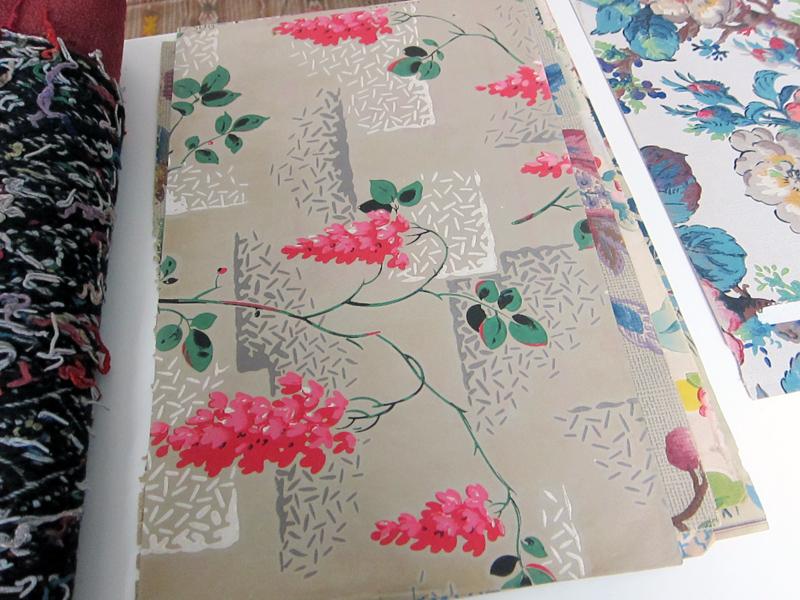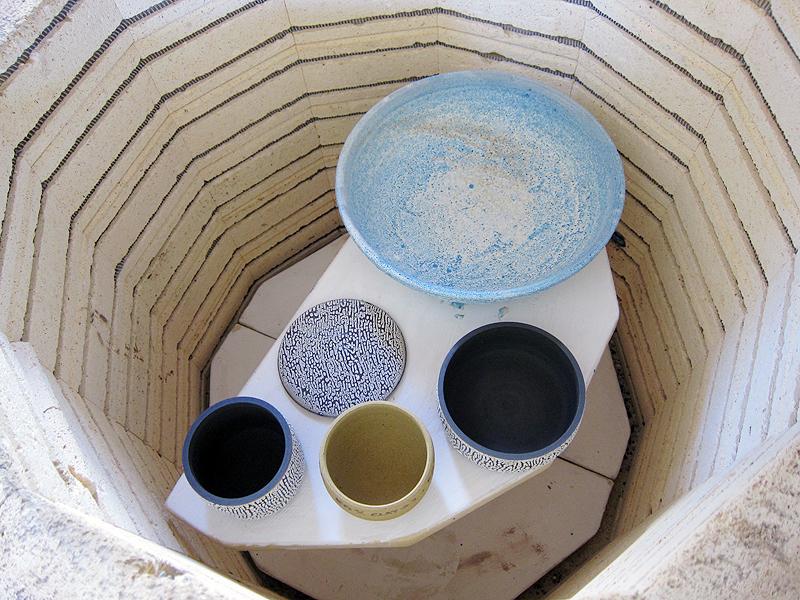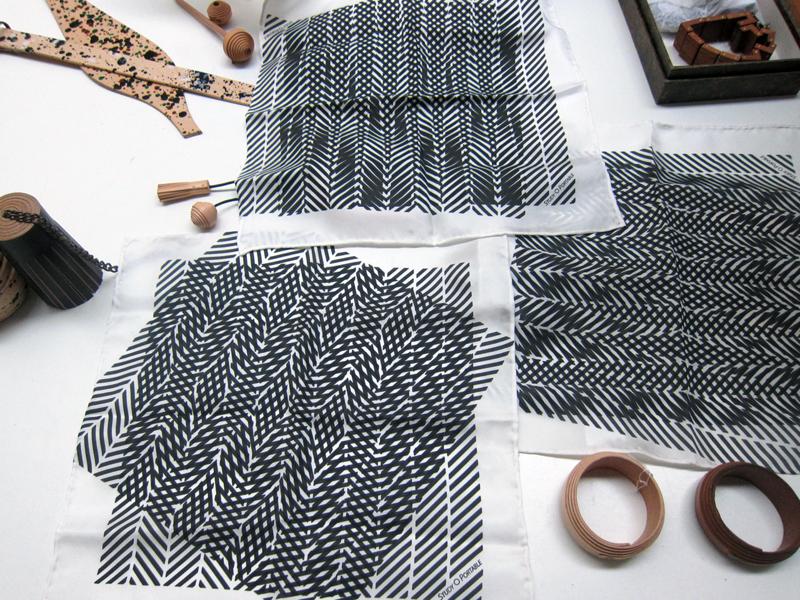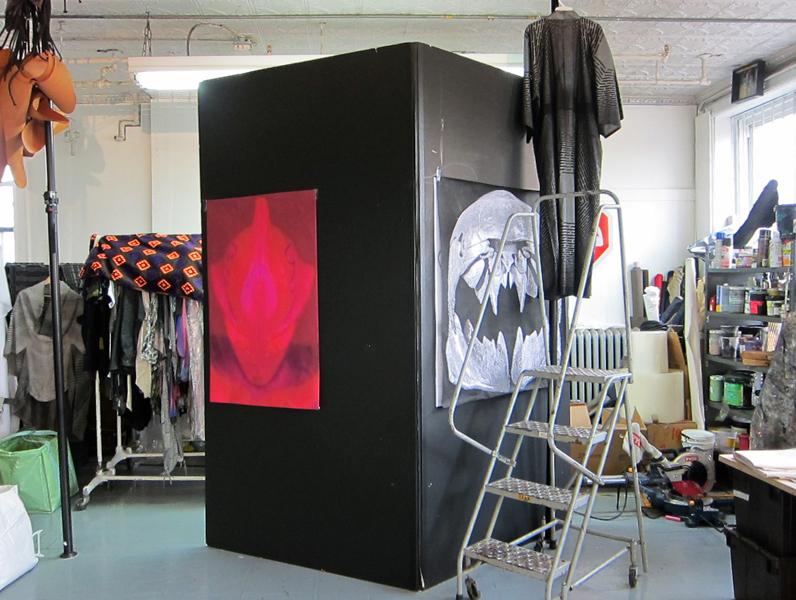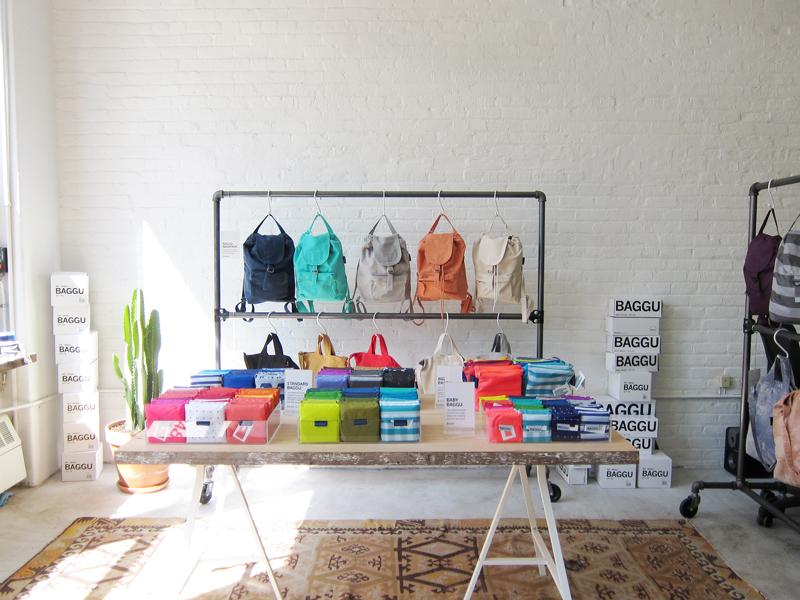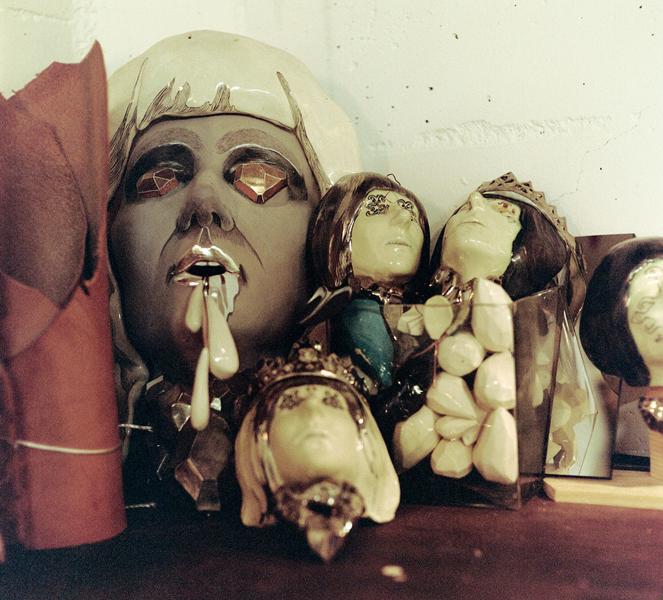
02.03.12
Studio Visit
Emily Counts, Artist
Portland is a place where, so the saying goes, the ’90s are alive and well. And it may very well be the only place that could have spawned an artist like Emily Counts, who deals with the self-reflective nostalgia of outdated technological innovations once found in her childhood home: dial-up telephones sculpted in porcelain and stoneware, a life-size fax machine, an interactive Mac SE computer made from walnut, casting epoxy, glass, porcelain, copper, and electrical wiring that acts as a two-way mirror after a button is pressed on the keyboard, lighting up the sculpture’s interior. “I’m interested in the mystery of these inventions that we seem to take for granted in our everyday life,” says the 35-year-old Seattle native, who we first spotted on photographer Carlie Armstrong’s blog Work.Place. “For me, there’s a thin line between technology and magic.”

